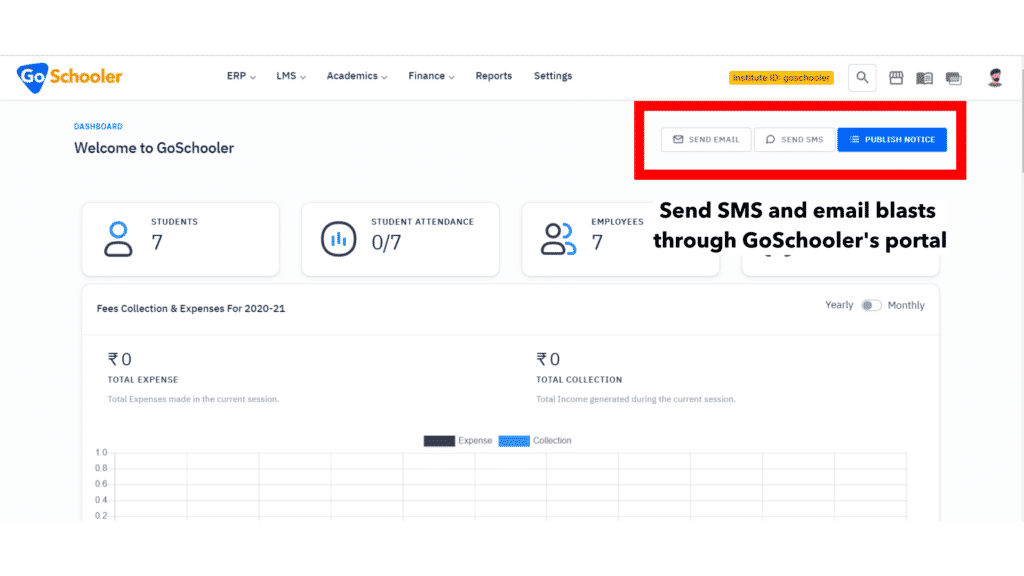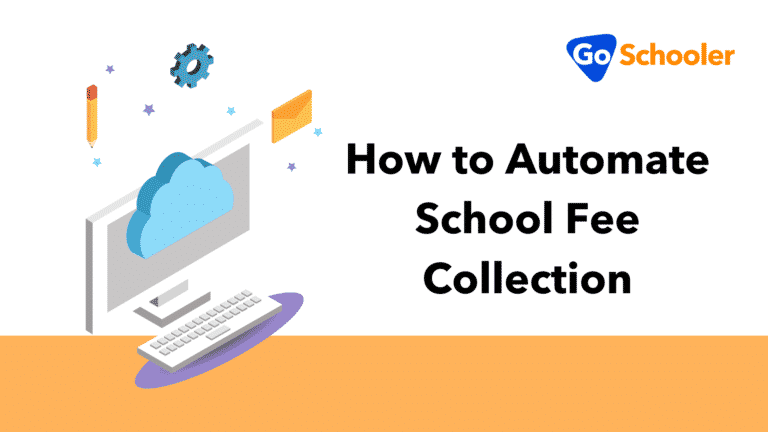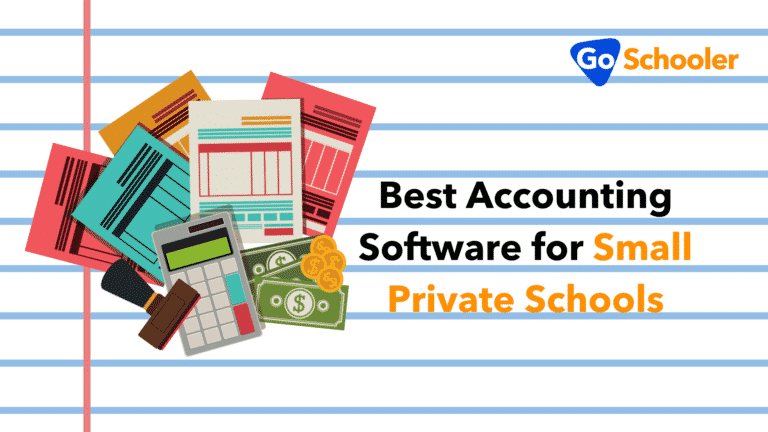With or without the use of high-end technology, school management is the process of developing an academic institution by making sure that its resources are used efficiently and adequately. To achieve the goals of school management, it utilizes several tools to coordinate the use of its resources properly. Most institutions resort to using data analytics as one of the primary tools for proper school management.
Data analytics plays a significant role in the decision-making process. It helps the administrators consider and weigh the best and most accurate options that will help achieve the goals of the institution. Apart from picking the accurate option, it also helps in formulating and choosing cost-efficient decisions.
Let’s see how the use of analytics in school management saves up more money than without.
How Analytics Save Money in School Management
Analytics makes sense of the bulk data that schools collect every year. From student profiles down to attendance tracking, school administrations have loads of data that are needed for efficient decision-making. However, management teams fall short in making use of these data.
1. Cheaper Efficient Communication Methods
With the abundance of possible communication methods, the admin team can pinpoint which method works well for their community.
A simple research and data comparison will show the preferred communication method of the teachers and the parents. The opinion of these two stakeholders has the biggest weight because they are the ones that communicate the most.
Using the result, the school can make the decision on which to invest in. Will the school continue to invest in text or email blasts? Will the school invest in school management software systems that provide robust communication channels? Answers to these questions are readily available with data analytics.

GoSchooler, an all-in-one school management software, allows you to send email and SMS blasts within a few clicks. It is considered as one of the fundamental tasks as they have their own separate tabs in the portal’s landing interface.
In the end, the team responsible for making this decision will know which method is the most preferred. Other than that, they do not have to make the mistake of running their resources thin by investing in several methods that do not provide the expected results.
2. Cost-Efficient Teaching Resources
By the end of an academic year, the school will have another batch of performance-related data. Quarterly grades and performance evaluations are some examples. When processed, the data will provide answers to which teaching methods and resources are most effective to students.
Teaching resources do not come cheap. Access to visual academic materials has, sometimes, hefty monthly subscriptions. When the results of the analytics show that teachers and students do not find this method helpful, the school admin can cut off the subscription. Thus, saving the monthly cost allocated for it and channeling it to another resource.
The situation presented is a simple presentation of how an analysis of past performance reviews can save money for the school.
In other cases, schools invest in virtual classroom apps that promise aid for remote teaching. The subscription to these apps isn’t cheap either. Accurate evaluations for this software will determine whether the school will continue its subscription or will it move on to another app.
3. Finalizes Expansion Decisions
One of the most costly decisions for schools is expansion. Whether it is an expansion of property or major human resource decisions, it requires the school to shell out a significant amount of money.
Before making this decision, the management relies on actual data. A simple data analysis and comparison will show whether the school needs it, and if it has enough resources to start and sustain it.
When it comes to hiring more teachers and non-teaching staff, the decision-making body should consider the current population of the staff and the student populace. It must achieve an ideal teacher-to-student ratio. An ideal ratio is necessary to provide the optimal performance from the teacher and staff.
On the other hand, when it comes to property expansion, considering the school’s cash flow is the utmost priority. Analytics will show whether the current finances of the organization can sustain a construction project. The budget will also dictate how the project will go, its size, materials, and time frame.
Most decisions that require sizable sums of money require basis from analytics. In this manner, the decision body can make sure that the business will not suffer while spending on big projects. It also helps decide and formulate other methods on how to bring money in.
4. Use of School Management Apps
Data analytics, specifically financial analysis, will show how much the school will save when it invests in reliable school management software.
With the use of school management software systems, it digitalizes almost all processes that require paperwork. Enrollment processes are transitioned online. Documents needed for it are uploaded to the system. Certificates and official letters sent through the system too. It significantly decreases the monthly costs for paper and printing alone.
Aside from that, school management apps also provide comprehensive financial trackers and records. In a single software, you can manage your administration’s earnings and expenses. Some systems even provide a complete analysis of these figures, which you can use for your annual budget planning.

In the screenshot above, we can see that GoSchooler has all the finance-related tasks that you need for proper financial management. Track you income, expenses, and outstanding fees within a single software.
You no longer need to invest in another software that will handle the financial tracking and analysis. It lessens the budget you need to set aside for necessary management tools.
School management apps provide all-in-one solutions for several school management tasks. It shortens processing periods of several tasks and it, ultimately, lessens the cost that comes with the execution of the operations.
Conclusion
School management, at the end of the day, is still business. Proper management of finances, property resources, and manpower are needed to keep the business afloat and successful. As a result, the decision-making process is long and arduous. It veers away from emotions and sentiment.
Instead, it relies on analytics. It relies on data, numbers, historical and hard data, that can help predict the future of the school’s progress. In the process, the administrators avoid making costly decisions that don’t amount to anything. It also streamlines the decisions, making the school spend on resources that provide the most beneficial outcomes.







